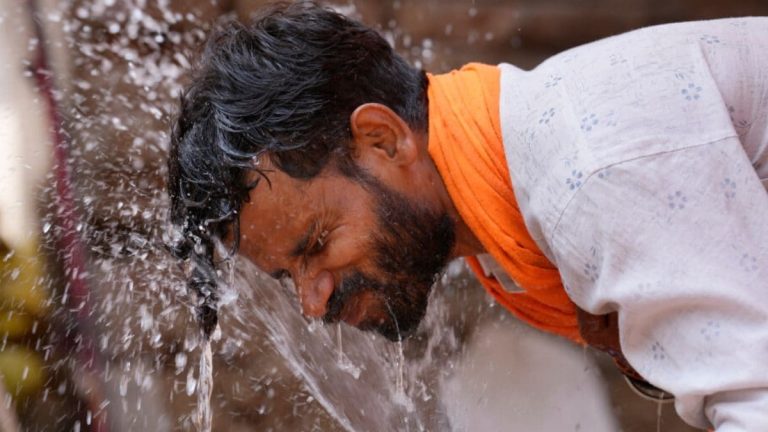Last updated:

Drinking water in ten villages was deemed unsafe. (AP Photo)
A government agency's inspection of water sources in all Gram Panchayats in the district found that the water quality in these 10 villages was below acceptable standards.
The quality of drinking water in ten villages in Uttar Pradesh's Kannauj district is considered unsafe, causing serious health problems among residents. Recent investigations have shown that the water in these areas is not drinkable and poses serious health risks if consumed. The main causes of pollution include declining water levels and overuse of chemicals on farmland. If immediate action is not taken, contaminated water can cause serious health problems or even death.
This issue was discovered during quality assessment 'Hagar Jal Yojana'. A government agency's inspection of water sources in all Gram Panchayats in the district found that the water quality in these 10 villages was below acceptable standards.
The water quality in these villages was found to be unsafe:
- Saidi Village, Sadar Block
- Rohli village in Tharagram block
- Malikpur and Rajapur villages in Gugrapur district
- Patti Village in Umalda Block
- Rajpur Village, Hasselam Block
- darupur village
- sultanpur village
- Sardarpur, Dwari Kapur and Mahmoodpur villages
- Jagir and Kanpur villages
- Kasava village in Chhibramau block
In these locations, water turbidity levels exceed 5%, which is the maximum acceptable limit for drinking water. The turbidity in these areas ranges from 6% to 10%, which is significantly higher than the safety threshold. This contamination poses serious health risks to residents and requires immediate attention.
Amjad Khan, head of the UP Jal Nigam department laboratory, emphasized that declining groundwater levels in the region are the main cause of water pollution. This decline results in harmful contaminants such as nitrogen, chlorine, fluoride, arsenic, lead, selenium and uranium in the water supply. Although fluoride levels remain relatively low, overall pollution poses a significant risk to public health.
Jal Nigam Executive Engineer Surendra Kumar announced that deep boreholes will be carried out in villages where water quality was found to be poor during the survey. He clarified that no harmful elements such as nitrate, chloride, arsenic, lead, selenium and uranium were found in the area. The main problem identified was high turbidity, which will be addressed immediately. Kumar, however, stressed the need to remain vigilant as the increased use of chemicals in agriculture could seriously lead to water pollution in the future.
